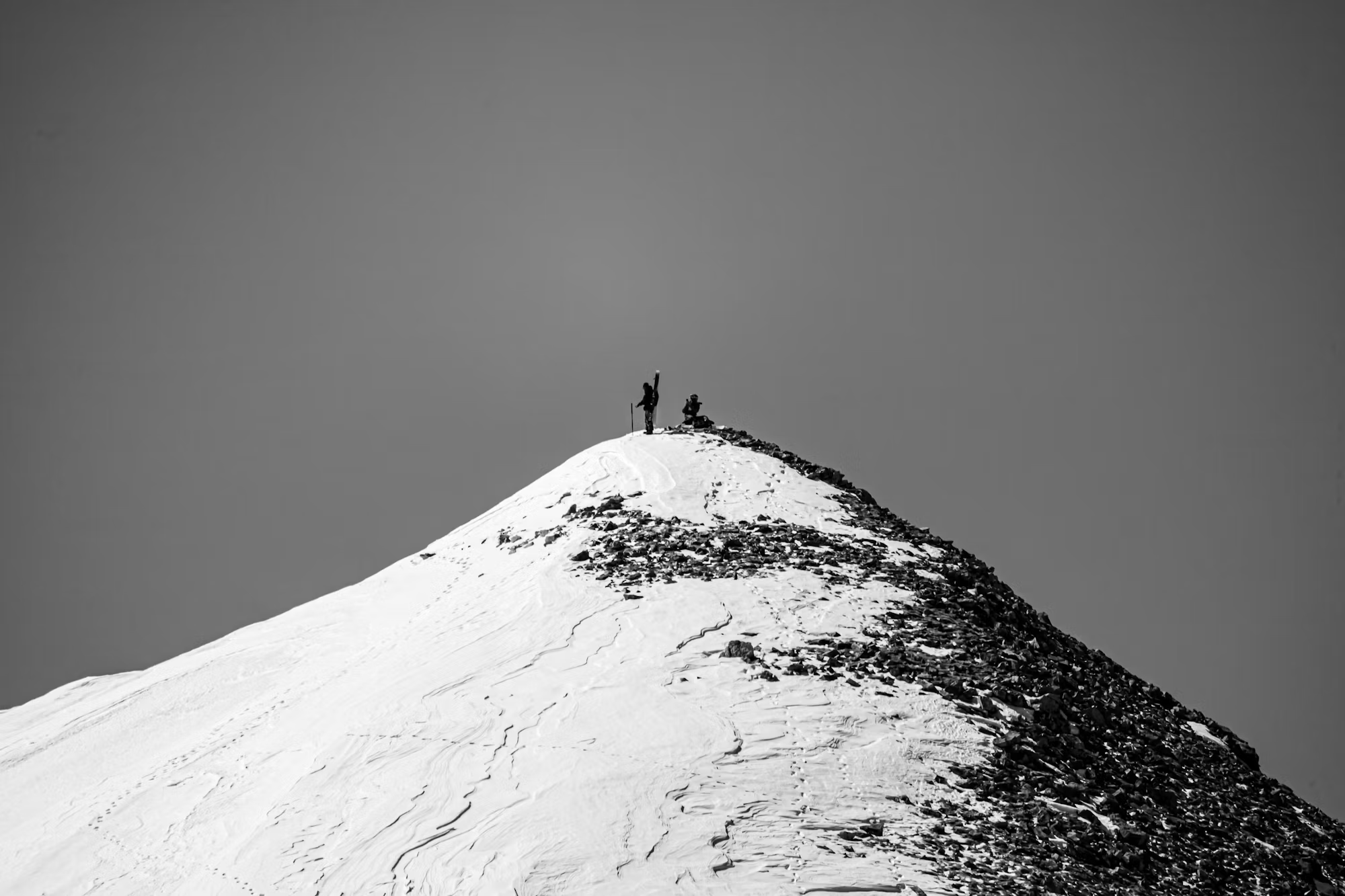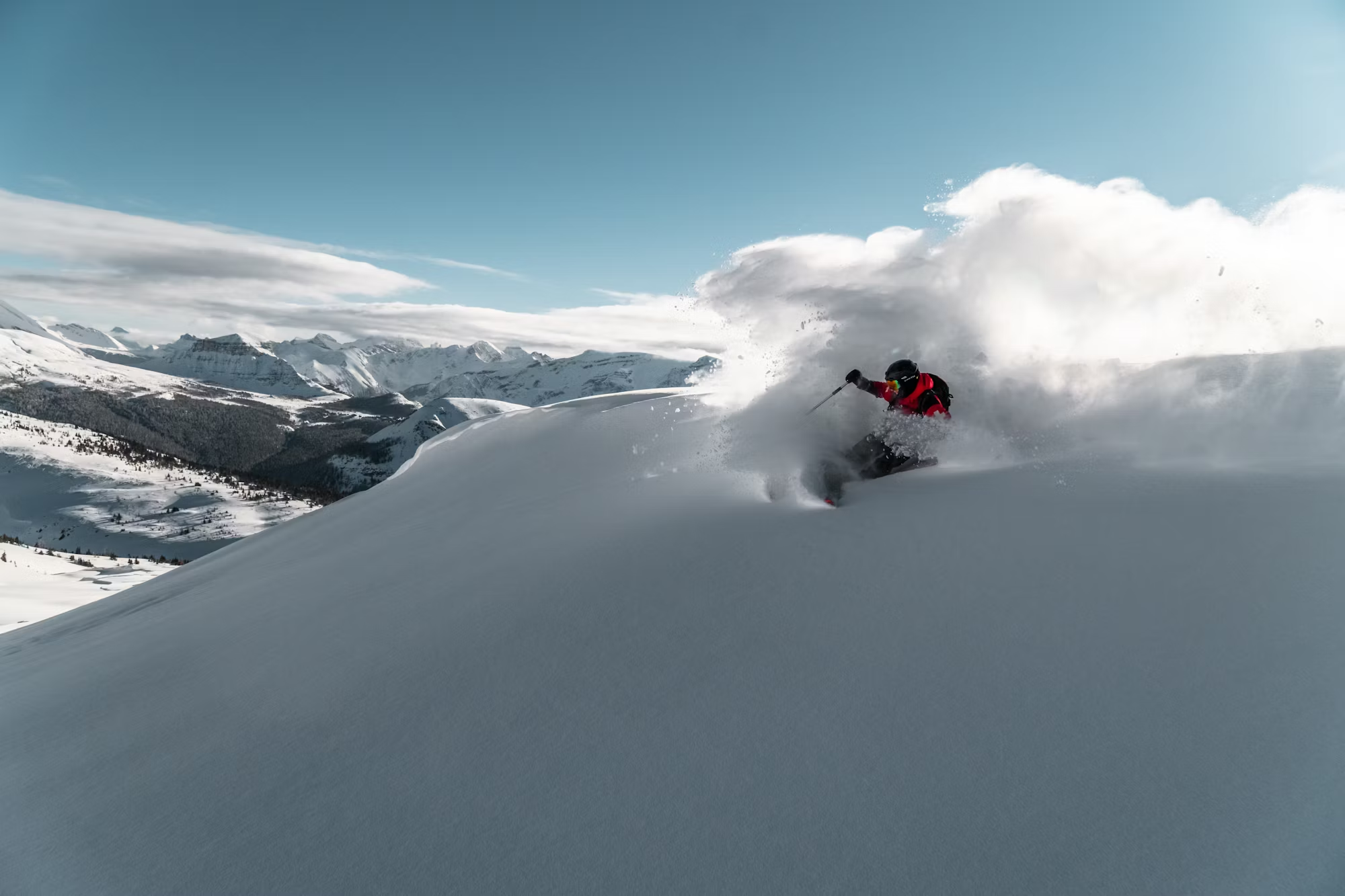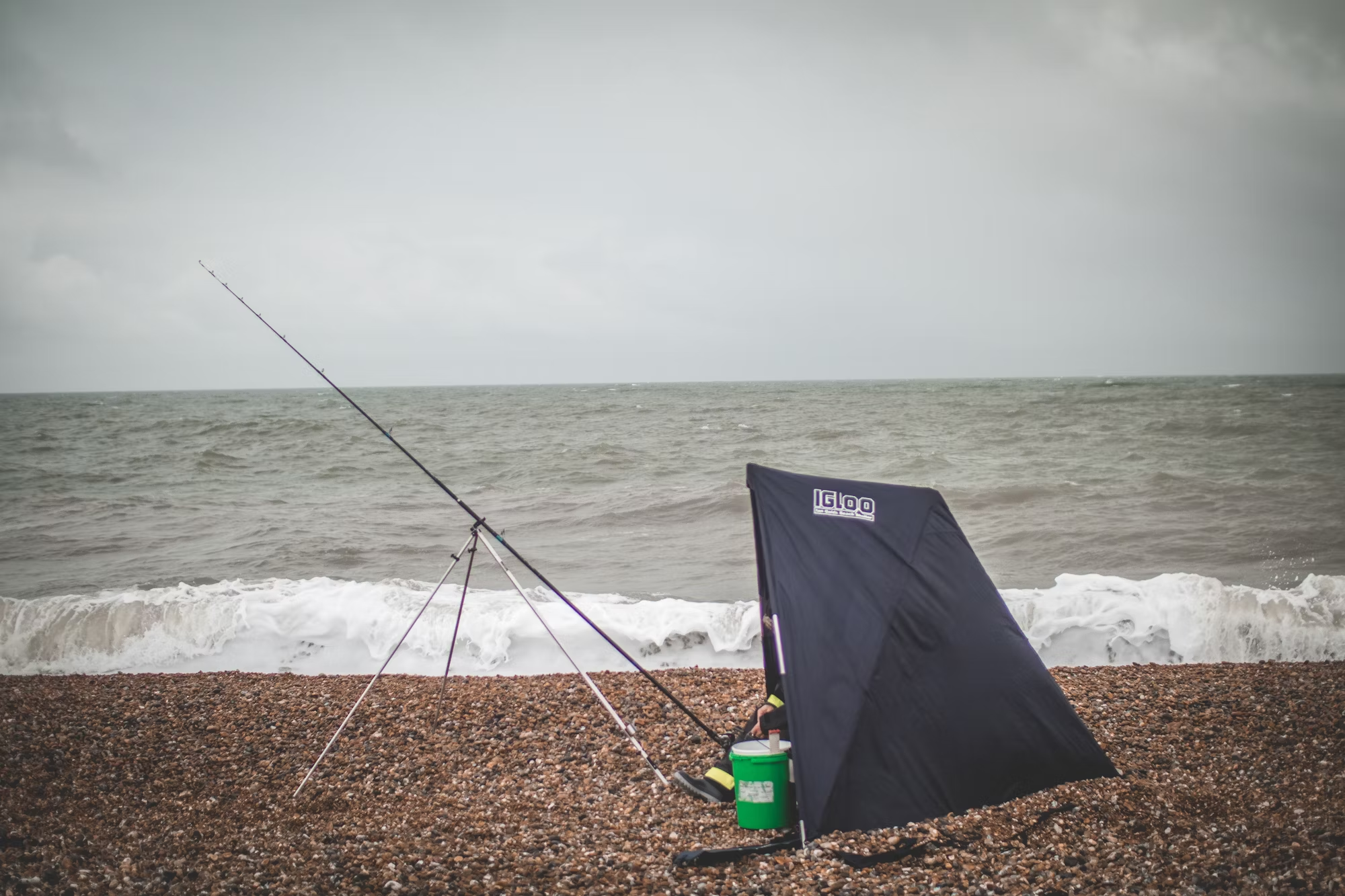Backcountry snowboarding offers a thrilling escape from the crowded slopes of ski resorts, inviting riders to explore untouched terrain and experience the beauty of nature in its purest form. For many snowboarders, the allure of deep powder, breathtaking landscapes, and the challenge of navigating unmarked trails makes backcountry riding an exhilarating choice. In this guide, we will explore the essentials of backcountry snowboarding, including the necessary skills, equipment, and safety considerations, as well as the unique experiences that come with this adventurous pursuit.
One of the most compelling aspects of backcountry snowboarding is the freedom it provides. Riders can choose their own lines, carve fresh tracks, and immerse themselves in the serenity of the wilderness. Unlike groomed runs, the backcountry is a blank canvas, waiting to be explored. Each descent is unique, as snow conditions, terrain features, and weather patterns can vary significantly from one day to the next. This unpredictability keeps the experience fresh and exciting, challenging riders to adapt their skills and approach.
Before venturing into the backcountry, it’s crucial for snowboarders to develop the necessary skills. This includes mastering fundamental snowboarding techniques, such as carving, turning, and maintaining control in variable snow conditions. Additionally, riders should familiarize themselves with the unique challenges of backcountry riding, such as traversing uneven terrain, navigating through trees, and managing steep descents. Practicing these skills on less challenging terrain can build confidence before tackling more demanding lines.
Equipment is another vital component of a successful backcountry snowboarding experience. Unlike traditional snowboarding, backcountry riding requires specialized gear designed for both uphill travel and downhill performance. One of the key pieces of equipment is the splitboard, a snowboard that can be separated into two skis for uphill climbing. Splitboarding allows riders to ascend the mountain efficiently while maintaining the ability to reassemble the board for the descent.
In addition to a splitboard, backcountry riders need proper bindings and boots that are compatible with the splitboard system. These bindings allow for free movement while climbing and secure the rider during descents. It’s also essential to wear a comfortable, waterproof outer layer that provides insulation without restricting movement. Backcountry riding can expose snowboarders to varying weather conditions, so layering is crucial to adapt to temperature changes.
Safety should always be a top priority when snowboarding in the backcountry. Riders must be aware of the risks associated with avalanches, as these can occur in areas with steep slopes and fresh snow. Understanding how to read avalanche conditions and utilizing tools such as beacons, probes, and shovels is essential for any backcountry trip. Participating in an avalanche safety course can significantly enhance a rider’s understanding of safe practices and how to react in emergencies.
Another critical aspect of backcountry snowboarding is the importance of riding with a partner or group. Not only does this enhance safety, but it also adds to the overall enjoyment of the experience. Sharing the adventure with friends can create lasting memories and foster camaraderie. Communication is key; discussing plans, potential hazards, and strategies for navigating the terrain ensures everyone is on the same page and prepared for any challenges that may arise.
As riders become more experienced in the backcountry, they often seek to explore remote and challenging locations. This desire for adventure can lead to discovering hidden gems—stunning descents and breathtaking views that are often overlooked by those sticking to the resorts. The feeling of solitude and the connection to nature that comes from exploring these areas is one of the greatest rewards of backcountry snowboarding.
In addition to the thrill of riding fresh powder, backcountry snowboarding offers an opportunity for personal growth. The challenges encountered while navigating unfamiliar terrain can build resilience, problem-solving skills, and a deeper appreciation for the sport. Each journey into the backcountry teaches valuable lessons about the environment, snow conditions, and the importance of respecting nature.
Many snowboarders find that backcountry adventures allow them to connect more deeply with their passion for snowboarding. The quietness of the mountains, the crunch of snow underfoot, and the exhilarating rush of carving through untouched powder create a profound sense of fulfillment. Each ride becomes a personal story, a unique experience that shapes a rider’s journey in the sport.
As more individuals are drawn to backcountry snowboarding, the importance of responsible riding practices cannot be overstated. Minimizing environmental impact, respecting wildlife, and adhering to Leave No Trace principles are essential to preserving the beauty of these natural landscapes for future generations. By promoting responsible backcountry riding, snowboarders can help protect the environment while enjoying the thrilling experiences it offers.
In conclusion, backcountry snowboarding is a captivating pursuit that combines adventure, skill, and a profound connection with nature. It offers snowboarders the chance to experience the thrill of riding fresh powder, explore untouched terrain, and challenge themselves in new ways. With the right preparation, equipment, and safety knowledge, anyone can embark on a backcountry snowboarding journey. Embrace the adventure, respect the environment, and discover the incredible world that lies beyond the ski resort boundaries.





